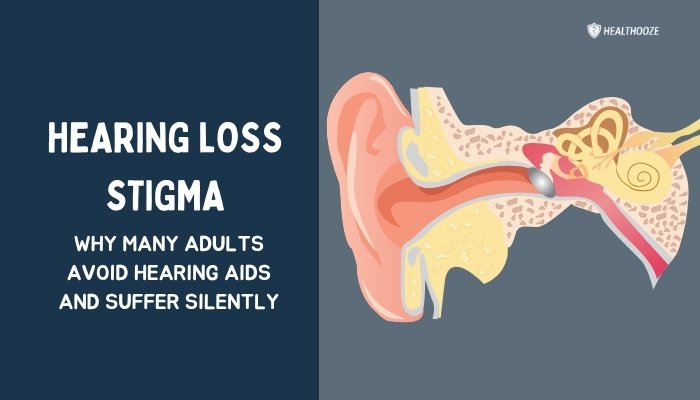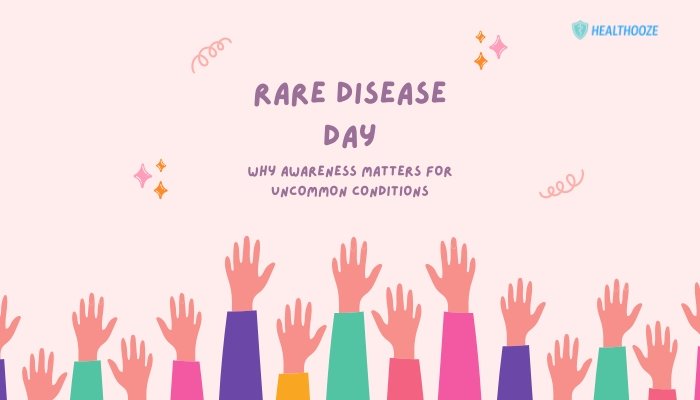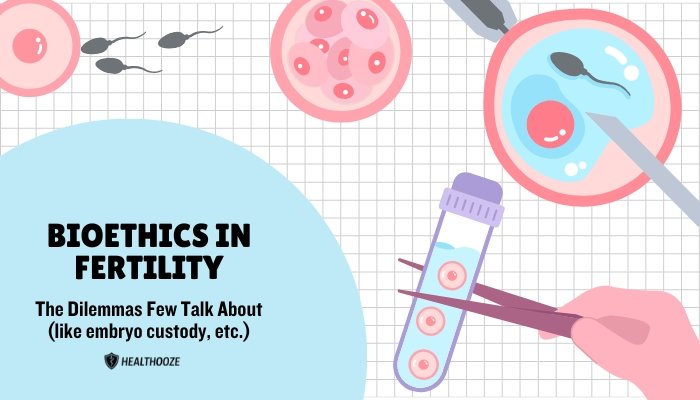Introduction
As the opioid crisis continues to grip many parts of the world, a related and often overshadowed problem emerges in its wake: a resurgence of hepatitis—particularly hepatitis B and C—transmitted through intravenous (IV) drug use. While public health campaigns made strides in controlling hepatitis for decades, the spike in opioid dependency and needle-sharing behaviors has reversed progress, ushering in outbreaks that not only impact those who use drugs but also threaten broader community health. This article delves into the intersecting factors behind this surge, highlights at-risk populations, and outlines approaches to prevention, testing, and harm reduction.
The Link Between Opioid Crisis and Hepatitis
The Role of IV Drug Use
Many individuals in the throes of opioid addiction resort to injection, especially when pills become costlier or harder to obtain. Shared or unsterilized needles expedite the spread of bloodborne pathogens like hepatitis B (HBV) and hepatitis C (HCV). These viruses, present in infected blood, easily pass from one user to another via contaminated injecting equipment.
Why Hepatitis Is on the Rise
- Unsterile Practices: Limited access to clean syringes in some communities fosters needle reuse and sharing.
- Inadequate Screening: Many newly addicted or transient individuals don’t undergo routine hepatitis tests, missing timely intervention.
- Stigma and Healthcare Gaps: Fear of judgment or insufficient healthcare coverage dissuade some from seeking preventive services, including hepatitis vaccinations or therapy for HCV.
Hard-Hit Regions
Rural areas or smaller cities lacking robust opioid treatment or needle exchange programs see particularly sharp increases in hepatitis. Outbreaks coincide with an influx of fentanyl or heroin use, showing how swiftly new drug trafficking patterns can ignite localized hepatitis crises.
Understanding Hepatitis B and C
Transmission and Effects
Both HBV and HCV spread primarily through blood contact, commonly via shared needles or equipment. Chronic infection can damage the liver over time, leading to cirrhosis, liver failure, or hepatocellular carcinoma (liver cancer). Many remain asymptomatic for years, unknowingly infecting others.
Distinguishing B from C
- Hepatitis B: A vaccine-preventable disease. Chronic infections, if untreated, can reduce life expectancy.
- Hepatitis C: No current vaccine, but highly effective antiviral treatments can clear the infection in most cases. Early detection and therapy significantly reduce complications.
Overlaps with Other Diseases
Opioid use is also intertwined with increased risk for HIV. Co-infection with hepatitis and HIV compounds the complexity, requiring integrated care.
Health and Community Consequences
Individual Outcomes
- Liver Damage: Persistently high viral loads in the bloodstream accelerate hepatitis’s destructive path, raising the likelihood of end-stage liver disease.
- Complications from Drug Use: Combining hepatitis with continuing opioid misuse can amplify general health decline, hamper adherence to treatments, or lead to fatal overdose.
Public Health Burden
- Escalating Healthcare Costs: Hospitalizations for advanced liver disease, transplants, and ongoing medication place heavy financial strain on health systems.
- Increased Transmission: Unchecked prevalence of hepatitis among IV drug users can cross into the general population, bridging networks (sex partners, family, etc.).
- Social Marginalization: Stigmatized for both addiction and disease, some individuals remain on the outskirts of healthcare, prolonging cycles of infection.
Approaches to Prevention and Intervention
Harm Reduction Strategies
- Needle and Syringe Programs
- Provide sterile injection equipment, reducing cross-contamination risk.
- Usually accompanied by safe disposal, offering a stepping-stone to further treatment.
- Supervised Injection Facilities
- Allow safer injecting in monitored environments, cutting exposure to infected needles.
- Naloxone Access
- Not directly preventing hepatitis, but reversing overdoses ensures individuals remain alive long enough for therapy or vaccination.
Testing and Vaccination
- Routine Screening: Targeting IV drug users for HBV/HCV testing at shelters, methadone clinics, or community events.
- Hepatitis B Vaccination: Reinforcing immunization if not previously vaccinated, crucial for those in harm reduction or substance use clinics.
- Link to Care: Immediately connecting positive individuals with specialists or comprehensive care ensures swift initiation of antiviral regimens.
Medication and Counseling
- Direct-Acting Antivirals (DAAs) for HCV: Highly effective, short-duration therapies that can cure most infections.
- Medication-Assisted Treatment (MAT) for Opioid Use Disorders: Combining methadone or buprenorphine with counseling can stabilize patients, decreasing risky behaviors.
- Case Management: Social workers or peer navigators can maintain continuity, ensuring patients adhere to therapy and attend follow-up appointments.
Overcoming Barriers and Stigma
Community Education
Informing the public that hepatitis B and C are not restricted to typical “drug user stereotypes” fosters empathy. Many patients transition to injection inadvertently after pill prescriptions run out, or under socioeconomically stressful conditions.
Policy and Funding
Policymakers can promote legislation supporting needle exchange expansions, encouraging public–private partnerships to reduce infection rates. Federal or state funds dedicated to battling opioid misuse can integrate hepatitis screening or treatment, maximizing synergy.
Healthcare System Collaboration
- Integrated Service: Co-locating addiction treatment and hepatitis clinics helps patients manage both conditions effectively.
- Training Clinicians: Doctors in emergency rooms, urgent care centers, or general practices can be proactive about offering tests, vaccinations, and harm reduction referrals.
Practical Steps for Individuals
If You’re Using IV Drugs
- Seek Clean Supplies: Engage with needle exchange programs, which may also offer basic health checks, referrals, or safe injection education.
- Regular Testing: Know your status for hepatitis B, C, and HIV. Free or low-cost testing is often available in harm reduction centers or health fairs.
- Consider Treatment: MAT for opioid dependence or specialized counseling can reduce craving-driven behaviors, lessening infection chances.
If You Know Someone Affected
- Encourage Screening: Gently suggest they get tested for hepatitis if they share needles or suspicious about potential infection.
- Nonjudgmental Support: Recognize addiction as a health condition, offering empathy and consistent presence.
- Research Local Resources: Provide them with contact info for needle exchanges, supportive nonprofits, or telehealth counseling services.
Conclusion
The opioid crisis does more than intensify overdose fatalities—it also re-ignites hepatitis epidemics once believed under control. As intravenous drug use spikes, so does the spread of hepatitis B and C among vulnerable populations who lack consistent healthcare access. Effective containment demands a concerted effort: from robust harm reduction infrastructure and universal hepatitis testing to ensuring those in addiction treatment can also address co-infections. By confronting the hidden synergy between opioids and hepatitis, communities can extend a lifeline to those embroiled in substance misuse, preserving both individual and public health.
References:
- http://cdc.gov/
- http://drugabuse.gov/
- ASPPH. The intersection of hepatitis C and opioid misuse. 2021.
- Barocas JA, White LF, Wang J, et al. Hepatitis C among injection drug users. J Infect Dis. 2016.







